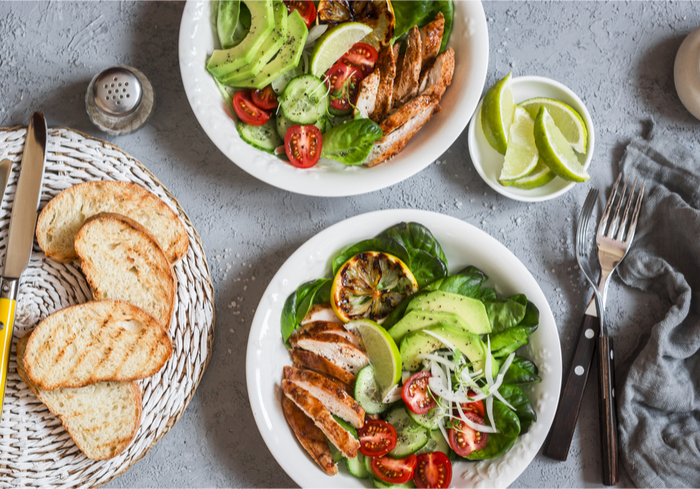Can Mobile Pay-At-Table Be Dining’s Friction Elixir?

These days, it’s hard to even think of a restaurant operating without some massive presence in digital — not only an attractive website, but online delivery (either done in-house or via a third-party provider) and mobile tools, such as order-ahead and loyalty programs. Even long-standing, relatively fancy and independently owned restaurants can’t bet that their reputation will save them from the trouble of investing in digital.
For some of those operations, that can include beefing up the ability for customers to pay without friction, even without the help of a server. That’s the main idea behind the launch of a mobile pay-at-table service from CARDFREE. PYMNTS caught up with CARDFREE CEO Jon Squire to learn more about this service, where it fits within the larger digital restaurant ecosystem and where this product is headed next.
Pain Points
The product, initially targeted toward casual and fast-casual restaurants, enables consumers to use their mobile devices to launch a participating restaurant’s app or mobile web page to view and pay checks. The product integrates into a restaurant’s point-of-sale (POS) system without a hardware upgrade, which “eliminates a common pain point” for those merchants, Squire said, with average deployment times running from two to three weeks.
To use the pay-at-table tool, consumers scan a QR code on their check, a table tent, a beacon or near-field communication (NFC) tag, Squire told PYMNTS. A server need not be involved, though there might be cases when a restaurant will want the server to initiate the process with the customer and confirm payment, by viewing either the handset or the real-time update to the POS.
However, paying at the table is not the only convenience such technology can enable, he said. “You can add as many parties as you want” to this payment process, which means diners can use the tool to split the restaurant bill via Venmo, Zelle or other services. “You don’t have to be the sole burden of payment,” Squire noted, describing other common pain points for eating out — the often-satirized experience of figuring out who owes what at the end of the meal, then the resulting scramble for cash.
Table Turn
A customer can come to the restaurant with their payment data ready to go via the app, or quickly get it ready during the overall dining experience, Squire explained. “You are not exposing any card data to the server,” he said, referencing another point of anxiety for at least some consumers. In addition, the payment tool is designed to speed up “table turn” for restaurant operators, yet another common challenge for the industry.
Squire said that CARDFREE “hopes to announce at least two or three customers” for this new pay-at-table tool in November or December — in time to catch business from groups of holiday shoppers, family visitors and others who eat out during the fourth quarter. In the first quarter of 2019, he said, there could be a pilot of the pay-at-table service for quick-service restaurants (QSRs). CARDFREE is tweaking the payment tool to match the logistical challenges of fast food — mainly, the fact that customers get their food before going to a table.
The launch of the product comes amid the deployment and use of other pay-at-table offerings for restaurants. However, according to CARDFREE, those solutions are mainly regional, not national. It will be up to the restaurants using the technology to promote it among their customers. Restaurants can choose to pass on the cost for using the payment method to customers or simply absorb it. “Elevated dining [operations] are going to say ‘Let’s pay for this ourselves and not charge the consumer,'” Squire told PYMNTS.
Digital Growth
This new pay-at-table tool debuts in the market as the restaurant and grocery space becomes ever more digital, shaking off a long reputation of being a relatively sleepy area of commerce (especially for grocery sales). Online delivery service providers are competing to sign up more food sellers, and working to bring more sophistication and convenience to their online and mobile platforms, as well as make transactions as seamless as possible. Mobile order-ahead features are gaining more popularity in parts of that marketplace, specifically coffee shops. Digital loyalty programs tied to food and beverage purchases are also engaged in a fierce competition for users.
In time, Squire said, the new pay-at-table tool could end up incorporating reservations and other features as restaurants, grocery stores and their customers become accustomed to digital technology, and as consumer demand for online and mobile features keeps increasing. Servers, of course, will still be needed in casual and fast-casual operations. When it comes to payments, though, it seems customers are receiving more chances to just do it on their own, giving them more command over how to settle their bills.